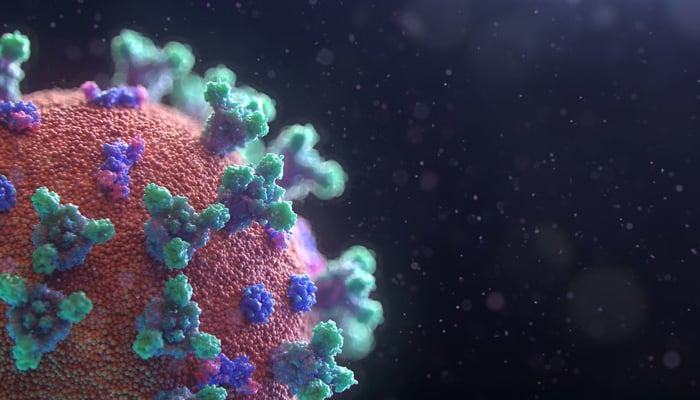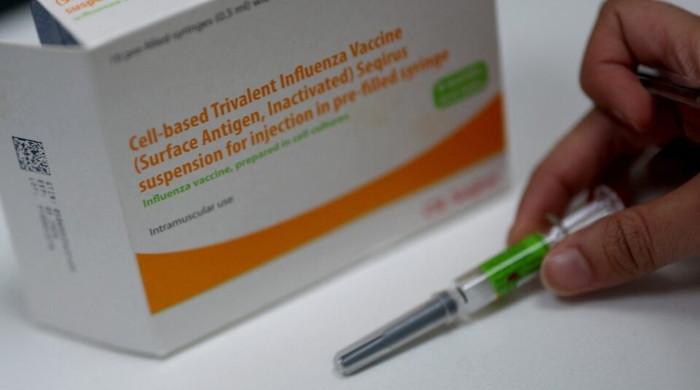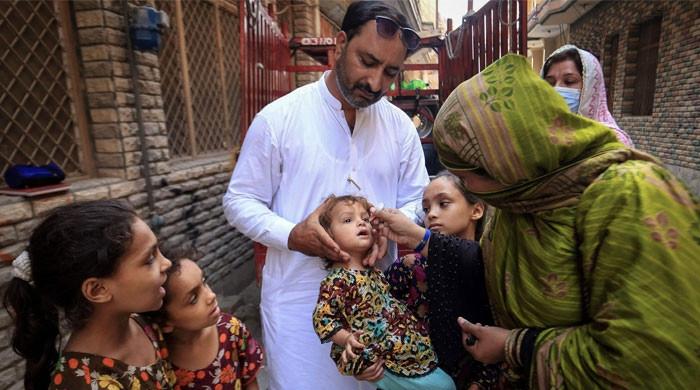New model may allow authorities to track rate of spread of COVID 19-like diseases
Approach appeared promising when applied in case study of COVID infections in Cali, Colombia in making predictions
March 27, 2023

The COVID-19 pandemic encouraged the use of "modelling" to determine the rate of spread and help in effectively assessing predictive and preventive measures.
Similarly, a new model — combining two classic methodologies — utilised the COVID-19 pandemic data to improve disease prediction.
"SIR" — susceptible, infected and recovered — which explains the movement of an individual from one portion to another.
Paula Moraga and her team from KAUST used a two-step framework allowing them to model data on infected locations over time for different age groups. They integrated the widely used "SIR model and a point process modelling approach on different areas with specific age group contact patterns."
André Amaral, the lead researcher believes that their model offers more precise predictions as compared to the previous approaches, adding that "it also accounts for different age classes so we can treat these groups separately, resulting in finer control over the number of infectious cases."
The approach appeared to be promising when they applied it in the case study of COVID-19 infections in Cali, Colombia in making predictions.
Amaral also stated: "The model's features can help decision-makers to identify high-risk locations and vulnerable populations to develop better strategies for disease control."
This model can also be used in understanding and assessment of other infectious diseases such as bird flu, and influenza if it fits their compartment model.
Their model also explains different age groups and their contact patterns which would be helpful for decision-makers to narrow down their focus to a specific age group or an area to prevent the spread of disease without wasting resources and time.
Amaral said that they might extend their approach and use other models instead of SIR.
"This would allow us to account for different epidemic dynamics and expand the number of scenarios that the model can be used for,” added Amaral.
He further noted: "Finally, to improve the model’s predictive capabilities, we might work on developing ensemble approaches that combine a number of predictions from a number of different models and also account for potential time delays in collecting data.”
He also believes that their model shows the importance of the quality of data relating to different age groups, times and populations which enables them to understand the disease and its remedies to contain or eliminate it from the public.









